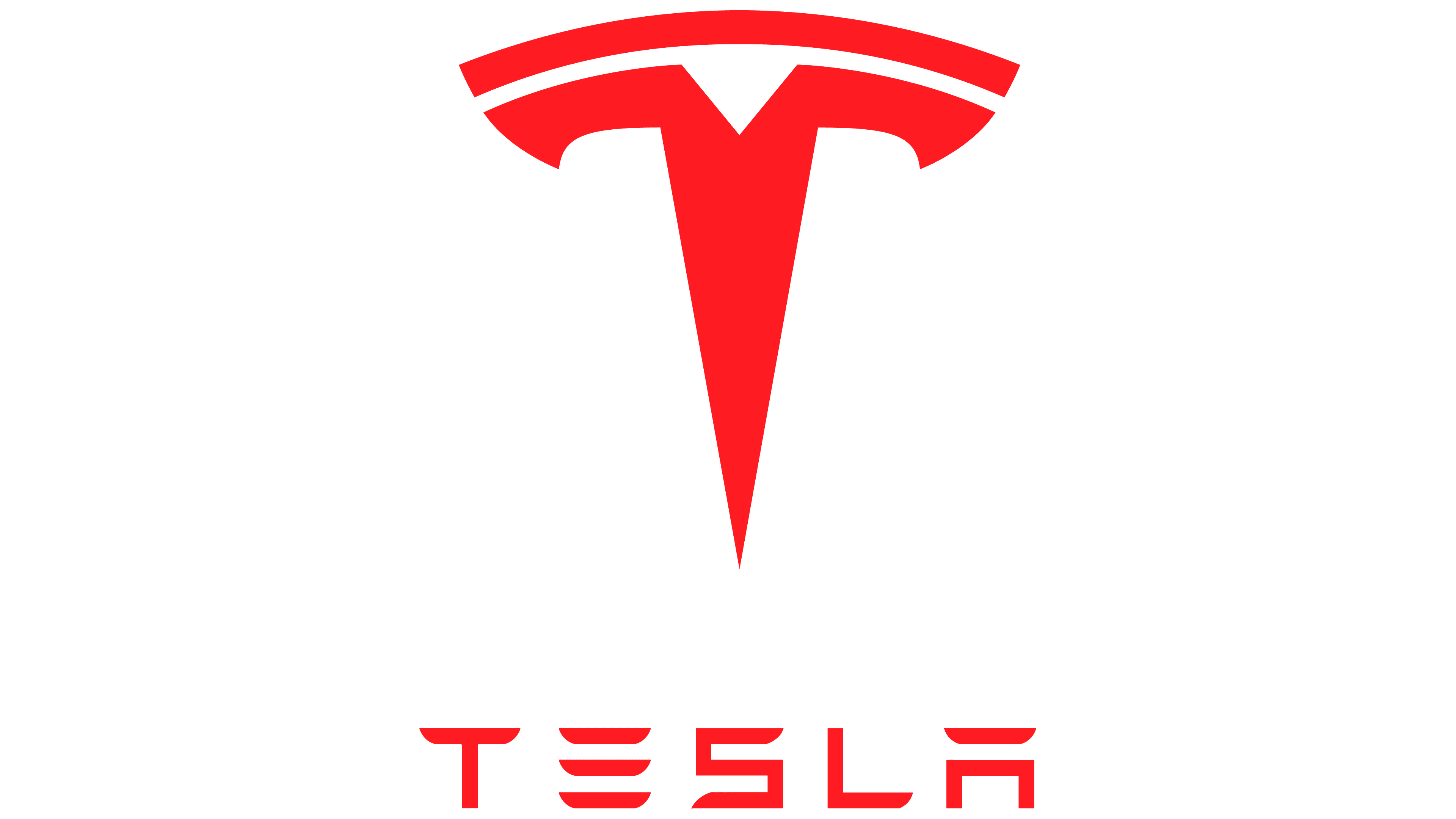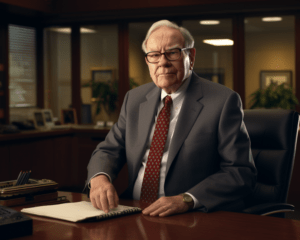Introduction
Tesla (NASDAQ: TSLA), the innovative electric vehicle (EV) company that has consistently made headlines for its cutting-edge technology and sustainable energy solutions. In this article, we’ll delve into the history and evolution of Tesla, from its humble beginnings as a start-up to its current status as an industry leader. We’ll examine the challenges the company faced in the early years and how it overcame them to become a pioneer in the world of electric transportation.
The Founding of Tesla and its Challenges
The company was founded in 2003 by Martin Eberhard and Marc Tarpenning. In February 2004, the company raised $7.5 million in series A funding, including $6.5 million from Elon Musk, who later became the chairman of the board of directors and the largest shareholder of Tesla. The company’s original goal was to develop and commercialize electric sports cars, with the ultimate goal of eventually producing EVs for the mass market. In the early years, Tesla faced a number of challenges, including financial struggles and production delays.
One of the biggest challenges Tesla faced was securing funding. In order to get the company off the ground, the founders had to rely on a combination of private investments and government grants. Despite these efforts, Tesla struggled to raise enough money to fund its operations and complete the development of its first car, the Tesla Roadster. In May 2006, Musk co-led the third round of funding worth $40 million, which saw investment from prominent entrepreneurs including Google co-founders Sergey Brin and Larry Page.
In addition to financial challenges, Tesla also faced production delays. The company had originally planned to release the Tesla Roadster in 2006, but due to various issues, it was not able to start production until 2008. This delay put a strain on the company’s finances and reputation, and it also made it harder to compete in the EV market.
Despite these challenges, Tesla persevered and was able to release its first production car, the Tesla Roadster, in 2008. The Tesla Roadster was a high-performance EV with a range of over 250 miles per charge. It was a groundbreaking achievement in the EV industry, as it was one of the first electric cars with a range that could compete with gasoline-powered cars. However, the Roadster was expensive and not practical for everyday use, so it was not a mass-market product.
Despite the limitations of the Tesla Roadster, it was a significant milestone for the company and it helped to establish Tesla as a player in the automotive industry. The success of the Tesla Roadster laid the foundation for the company’s future growth and helped it to overcome the challenges it faced in the early years.
After the success of the Tesla Roadster, the company set its sights on developing a more affordable and practical EV for the mass market. In 2012, Tesla released the Model S, a luxury sedan with a range of up to 402 miles per charge. The Model S was a huge success, and it solidified Tesla’s position as a leader in the EV market. It was the first electric car to win Motor Trend’s “Car of the Year” award, and it received numerous other accolades. The Model S helped to establish Tesla as a major player in the automotive industry, and it laid the foundation for the company’s future growth.
Tesla’s Edge
In addition to its impressive performance and range, Tesla’s EVs are also differentiated by their sustainability. The company’s cars are powered by electricity, which is a cleaner and more environmentally friendly alternative to gasoline. Tesla also focuses on sustainability in its manufacturing and supply chain, and has committed to using renewable energy to power its factories and charging stations.
The company has also made a commitment to reducing its environmental impact through its recycling and waste reduction efforts. For example, Tesla has implemented a closed-loop recycling system for its lithium-ion batteries, which allows it to recover and reuse materials from old batteries. This helps to reduce the need for raw materials and reduces waste.
Equipped with Advance Technology
Another factor that sets Tesla’s EVs apart is the advanced technology they are equipped with. Tesla’s cars are known for their convenience, safety, and high-tech driving experience, thanks to features like autopilot, the Supercharger network, and large touchscreen displays. For example, Tesla’s cars are equipped with autopilot technology that can automatically detect road conditions and brake or steer as needed. This helps to make driving safer and more convenient. The company also has a network of Superchargers that provide fast charging services globally. This makes it easier for Tesla drivers to keep their cars charged and on the road. In addition, Tesla’s cars come with large touchscreen displays that provide a range of vehicle information and features, including navigation, entertainment, and vehicle settings.
Lighted and Stronger Materials
So what makes Tesla’s EVs different from other company’s EVs? One major difference is the materials that are used in the construction of the cars. Traditional gasoline-powered cars are made from a variety of materials, including steel, aluminum, and plastic. In contrast, Tesla’s EVs are made primarily from aluminum and carbon fiber. These materials are lighter and stronger than steel, which means that they can provide the same level of structural integrity as steel while weighing less. This helps to improve the performance and range of the EVs, as well as making them more fuel efficient.
Lithium-ion Battery Pack
Another key component of Tesla’s EVs is the lithium-ion battery pack. Lithium-ion batteries are widely used in consumer electronics, but they have only recently been developed for use in vehicles. These batteries are what allow the cars to run on electricity, and they are a critical part of the company’s technology. Lithium-ion batteries are rechargeable, and they work by moving lithium ions from the negative electrode to the positive electrode during discharge, and back again during charging. The movement of these ions creates an electrical current, which is what powers the car.
Lithium-ion batteries have a number of advantages over traditional lead-acid batteries, which are commonly used in gasoline-powered cars. For one thing, they are much lighter, which helps to improve the range and performance of the EVs. They are also more efficient, which means that they can hold more charge and discharge more power. This makes them ideal for use in EVs, which require a lot of power to run.
Elon Musk’s Controversies
Tesla’s focus on sustainability and innovation has made it a leader in the EV and energy industries. The company’s success has also made Elon Musk a household name and a leading figure in the tech industry. However, Musk’s leadership style and controversial statements have also generated significant media attention and controversy.
One example of this controversy was the “taking Tesla private” saga in 2018. Musk announced on Twitter that he was considering taking the company private, and he claimed to have secured the funding to do so. However, the US Securities and Exchange Commission (SEC) sued Musk for making false and misleading statements, alleging that he had not actually secured the funding and that he had made the announcement to manipulate the company’s stock price. The case was ultimately settled, but it raised questions about whether Musk was the right person to lead the company.
Despite these controversies, Musk has remained a central figure in the success of Tesla. He has a strong vision for the future of transportation and a passion for making EVs and sustainable energy solutions more widely available. Under his leadership, Tesla has continued to grow and innovate, and has become a leader in the EV industry.
As a company, Tesla has consistently been on a rapid growth trajectory. The company has become a leader in the automotive industry, reaching market share and stock price highs. In recent years, Tesla has also expanded into other areas, including solar power, energy storage, and rocket technology.
Today, Tesla is one of the most well-known and respected companies in the automotive and energy industries. Its EVs are recognized as some of the best on the market, and the company’s sustainable energy solutions are helping to reduce our reliance on fossil fuels. Looking to the future, it will be interesting to see how Tesla continues to shape the industry and bring hope for the future of transportation.



